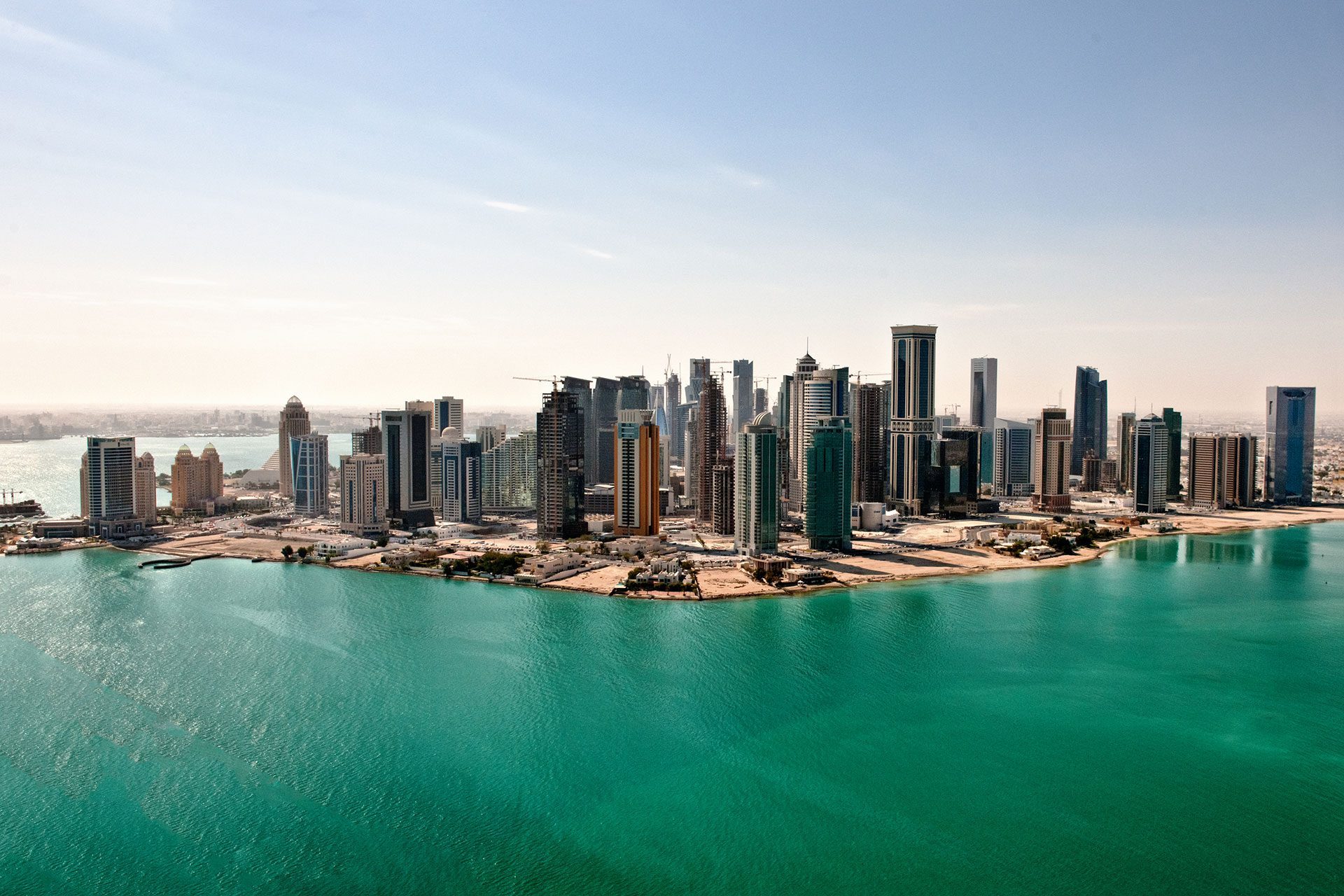Fears of an earthquake in Iran have risen after Turkey and Syria were struck with major earthquakes that left thousands dead and displaced.
The earthquake that shook southwestern Iran on Tuesday poses no threat to Qatar, according to the Qatar Civil Aviation Authority (QCAA).
Earthquakes in this region and in the Zagros Mountains are caused by tectonic movements between the Arabian plate and the Iranian plate, explained Ibrahim Khalil Al Youssef, a representative of Qatar Seismic Network connected with the Civil Aviation Authority, to QNA.
The comments came after an earthquake measuring 5.3 on the Richter scale shook the southwest of Iran at 9:05 a.m. Doha time, according to the Qatar Seismic Network.
The tremor in Iran occurred at a depth of 10 kilometres, and there have been no reports on casualties or damage caused by the earthquake so far.
Al Youssef gave both citizens and residents of Qatar assurance by guaranteeing them that such earthquakes pose no threat to the country and that aftershocks from a 5.3-magnitude quake are not noticed there.
The earthquake in Iran struck just two weeks after Turkey and Syria were left devastated by quakes that claimed the lives of more than 47,000 people in both countries.
On Monday, another magnitude 6.3 earthquake that struck the Turkey-Syria border region claimed at least eight lives.
Prone to earthquakes
Iran has experienced three major earthquakes with a high death toll in the last 60 years.
The 1962 Buin Zahra earthquake killed 13,000 people, the 1990 Manjil-Rudbar earthquake killed over 40,000 people, and the 2003 Bam earthquake in southeast Iran killed about 28,000 people.
Iran forms part of the boundary between the Eurasian and Arabian plates.
The Arabian Plate shifts up to 3 centimetres northward towards the Eurasian Plate each year.







